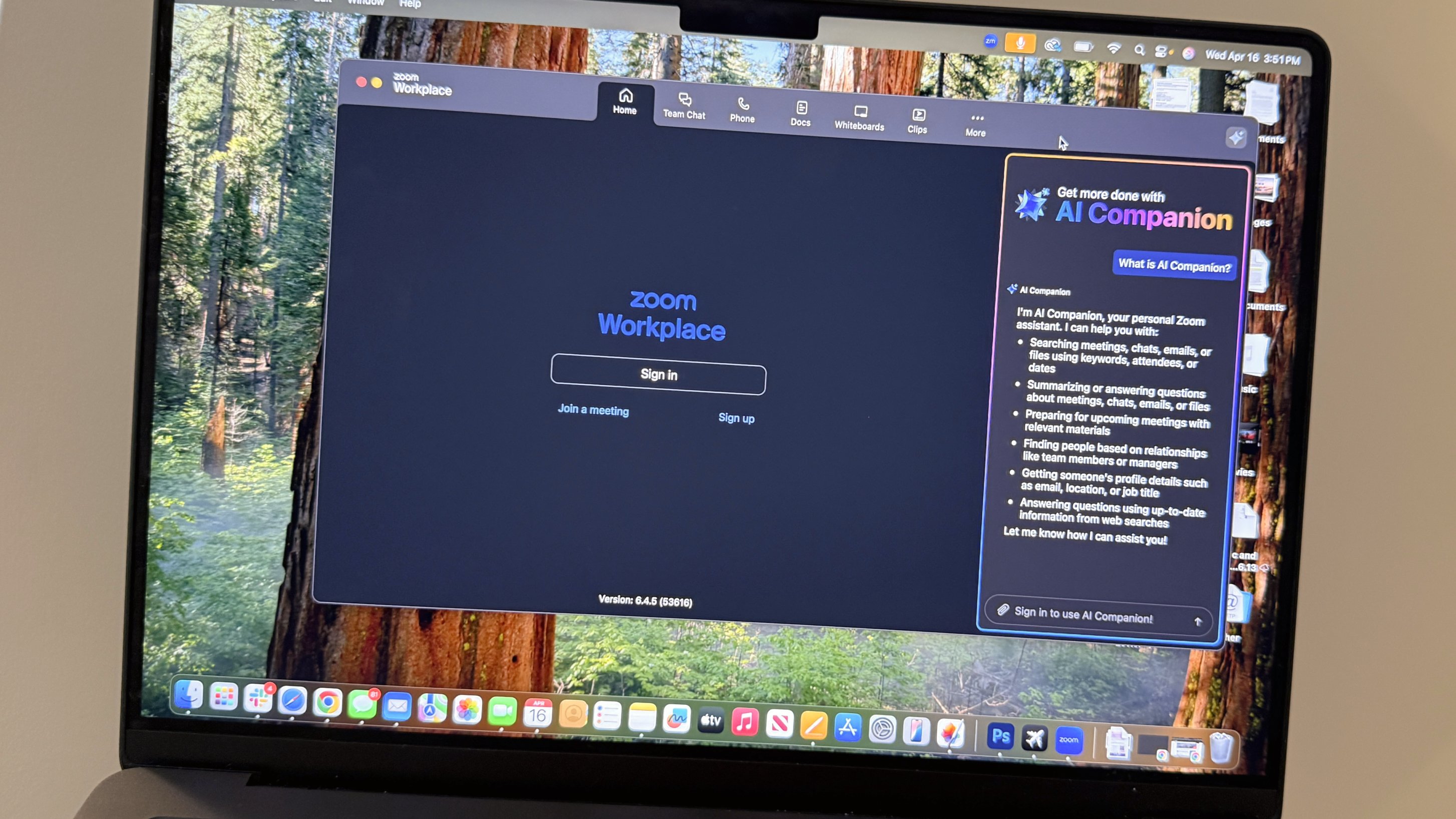Mastering Linux File Permissions: The Ultimate Guide.
Linux file permissions can feel cryptic at first, but once you break them down, they’re not only simple — they’re powerful. Whether you're building systems, writing scripts, or deploying code, understanding how to control file access is a must-have skill. This guide will walk you through everything you need to know. Why File Permissions Matter Linux is a multi-user system. Proper permissions: Keep your system secure Prevent accidental or malicious changes Allow collaboration without compromising safety Understanding rwx and User Classes Permissions are shown as: -rwxr-xr-- -rwxr-xr-- Breakdown: First char: - (file) or d (directory) Next 3: rwx for User (owner) Next 3: r-x for Group Last 3: r-- for Others User Classes u = User (owner) g = Group o = Others a = All (u+g+o) Permission Types r = Read w = Write x = Execute -= No permission Viewing File Permissions Using ls ls -l /etc/passwd -rw-r--r-- 1 root root 2871 Aug 22 14:43 /etc/passwd Using stat stat /etc/shadow Access: (0640/-rw-r-----) Uid: (0/root) Gid: (42/shadow) Modifying Permissions Symbolic (Relative) Mode chmod u+x file.txt # Add execute for user chmod g-w file.txt # Remove write from group chmod o-r file.txt # Remove read from others chmod a+r file.txt # Add read for all Octal (Absolute) Mode User Group Other Octal Command Meaning rwx rwx rwx 777 chmod 777 file.txt Full permissions to everyone rwx r-x r-x 755 chmod 755 file.txt Owner: all, Others: read/exec rw- r-- r-- 644 chmod 644 file.txt Owner: read/write, rest: read Setting Permissions from Another File chmod --reference=file1 file2 Recursive Permissions chmod -R u+rw,o-rwx mydir/ Special Permissions SUID (Set User ID) Executes file with owner’s privileges. chmod u+s file chmod 4755 file Example: ls -l /usr/bin/umount -rwsr-xr-x 1 root root 39144 /usr/bin/umount SGID (Set Group ID) Runs with group’s privileges, or maintains group ownership in directories. chmod g+s dir chmod 2750 dir Sticky Bit Only file owner can delete their files in shared directories. chmod +t dir chmod 1777 dir Example: ls -ld /tmp drwxrwxrwt 10 root root 4096 /tmp UMASK: Default Permissions View Current UMASK umask Set New UMASK umask 0022 How it Works UMASK subtracts permissions from 666 (files) or 777 (dirs). Ownership Commands Change Owner chown new_user file Change Group chgrp new_group file Change Both chown user:group file Recursive Ownership Change chown -R user:group dir Bonus: File Attributes (Advanced Layer) View Attributes lsattr file Change Attributes sudo chattr +i file # Make file immutable sudo chattr -i file # Make it editable again Cheat Sheet Summary chmod → change permissions chown / chgrp → change ownership umask → set default permissions ls -l / stat → view permissions +x, -w, a+r → symbolic changes 644, 755, 777 → octal changes SUID, SGID, Sticky Bit → special bits Conclusion Linux permissions are a superpower once you understand the logic. Master these commands, practice regularly, and you’ll never get caught off-guard by a “Permission denied” again.
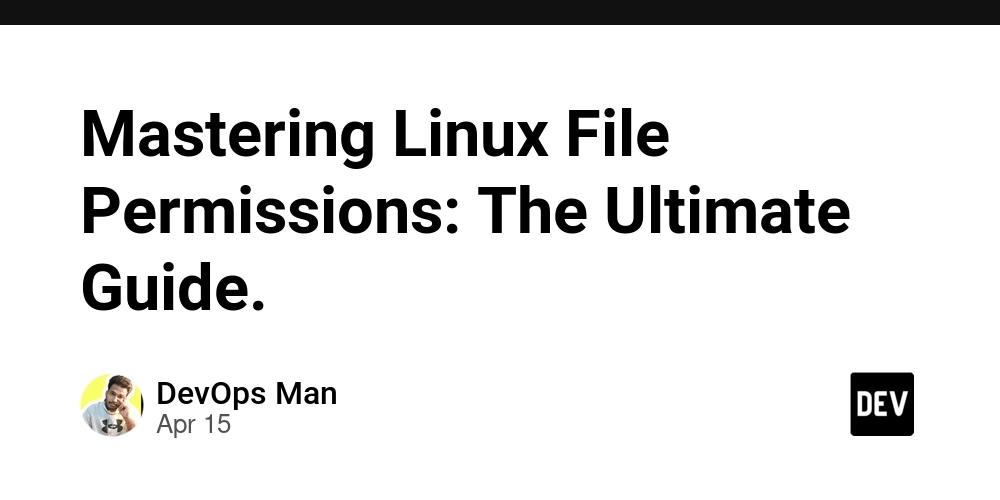
Linux file permissions can feel cryptic at first, but once you break them down, they’re not only simple — they’re powerful. Whether you're building systems, writing scripts, or deploying code, understanding how to control file access is a must-have skill. This guide will walk you through everything you need to know.
Why File Permissions Matter
Linux is a multi-user system. Proper permissions:
Keep your system secure
Prevent accidental or malicious changes
Allow collaboration without compromising safety
Understanding rwx and User Classes
Permissions are shown as:
-rwxr-xr--
-rwxr-xr--
Breakdown:
First char: - (file) or d (directory)
Next 3: rwx for User (owner)
Next 3: r-x for Group
Last 3: r-- for Others
User Classes
u = User (owner)
g = Group
o = Others
a = All (u+g+o)
Permission Types
r = Read
w = Write
x = Execute
-= No permission
Viewing File Permissions
Using ls
ls -l /etc/passwd
-rw-r--r-- 1 root root 2871 Aug 22 14:43 /etc/passwd
Using stat
stat /etc/shadow
Access: (0640/-rw-r-----) Uid: (0/root) Gid: (42/shadow)
Modifying Permissions
Symbolic (Relative) Mode
chmod u+x file.txt # Add execute for user
chmod g-w file.txt # Remove write from group
chmod o-r file.txt # Remove read from others
chmod a+r file.txt # Add read for all
Octal (Absolute) Mode
| User | Group | Other | Octal | Command | Meaning |
|---|---|---|---|---|---|
| rwx | rwx | rwx | 777 | chmod 777 file.txt |
Full permissions to everyone |
| rwx | r-x | r-x | 755 | chmod 755 file.txt |
Owner: all, Others: read/exec |
| rw- | r-- | r-- | 644 | chmod 644 file.txt |
Owner: read/write, rest: read |
Setting Permissions from Another File
chmod --reference=file1 file2
Recursive Permissions
chmod -R u+rw,o-rwx mydir/
Special Permissions
SUID (Set User ID)
Executes file with owner’s privileges.
chmod u+s file
chmod 4755 file
Example:
ls -l /usr/bin/umount
-rwsr-xr-x 1 root root 39144 /usr/bin/umount
SGID (Set Group ID)
Runs with group’s privileges, or maintains group ownership in directories.
chmod g+s dir
chmod 2750 dir
Sticky Bit
Only file owner can delete their files in shared directories.
chmod +t dir
chmod 1777 dir
Example:
ls -ld /tmp
drwxrwxrwt 10 root root 4096 /tmp
UMASK: Default Permissions
View Current UMASK
umask
Set New UMASK
umask 0022
How it Works
UMASK subtracts permissions from 666 (files) or 777 (dirs).
Ownership Commands
Change Owner
chown new_user file
Change Group
chgrp new_group file
Change Both
chown user:group file
Recursive Ownership Change
chown -R user:group dir
Bonus: File Attributes (Advanced Layer)
View Attributes
lsattr file
Change Attributes
sudo chattr +i file # Make file immutable
sudo chattr -i file # Make it editable again
Cheat Sheet Summary
chmod → change permissions
chown / chgrp → change ownership
umask → set default permissions
ls -l / stat → view permissions
+x, -w, a+r → symbolic changes
644, 755, 777 → octal changes
SUID, SGID, Sticky Bit → special bits
Conclusion
Linux permissions are a superpower once you understand the logic. Master these commands, practice regularly, and you’ll never get caught off-guard by a “Permission denied” again.








































































































































































![[The AI Show Episode 144]: ChatGPT’s New Memory, Shopify CEO’s Leaked “AI First” Memo, Google Cloud Next Releases, o3 and o4-mini Coming Soon & Llama 4’s Rocky Launch](https://www.marketingaiinstitute.com/hubfs/ep%20144%20cover.png)

















































































































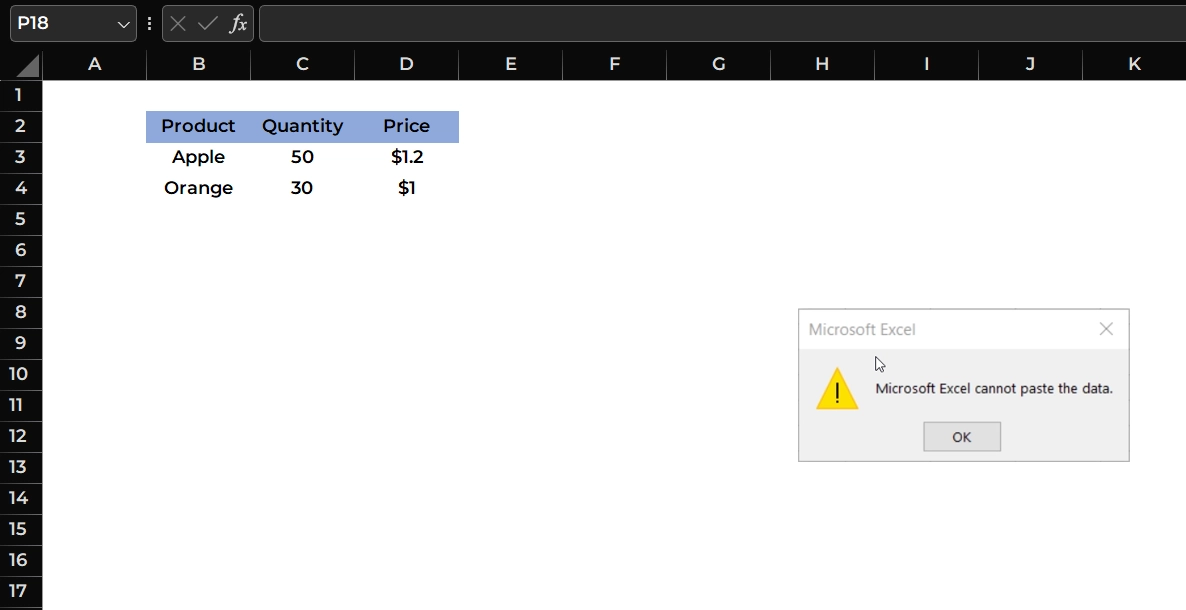


















































































![GrandChase tier list of the best characters available [April 2025]](https://media.pocketgamer.com/artwork/na-33057-1637756796/grandchase-ios-android-3rd-anniversary.jpg?#)










































.png?width=1920&height=1920&fit=bounds&quality=70&format=jpg&auto=webp#)





















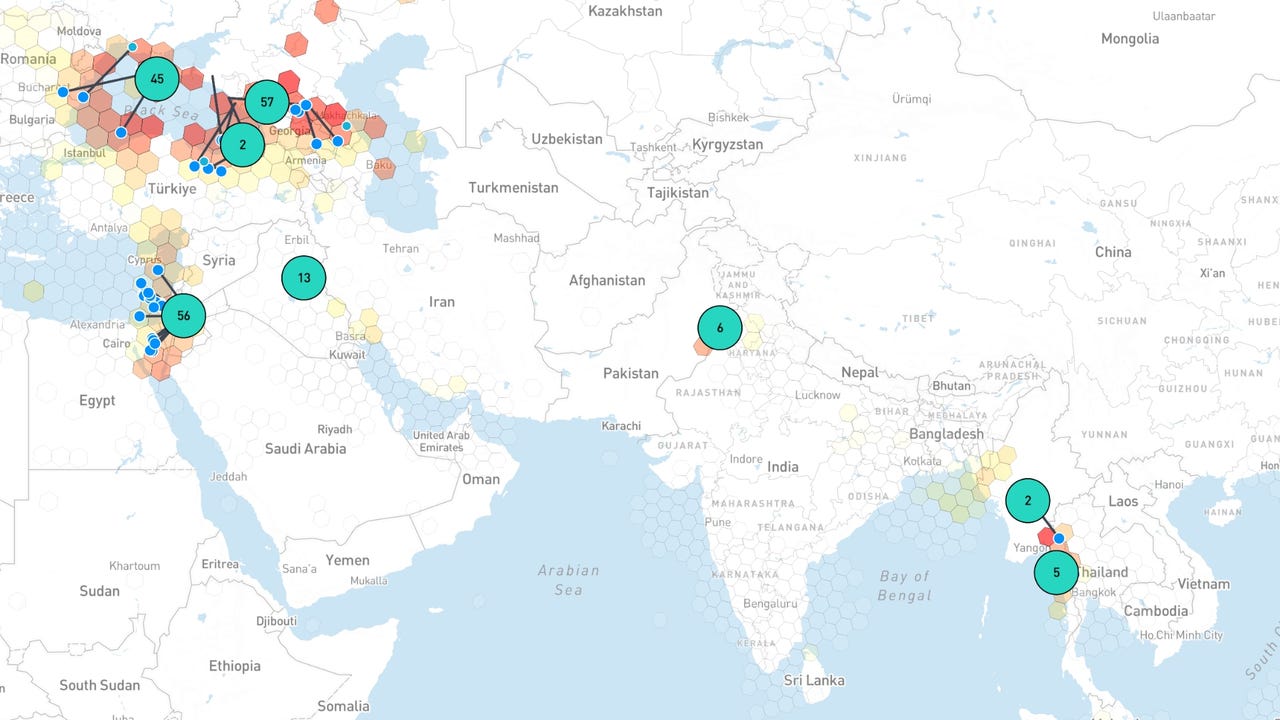


















































































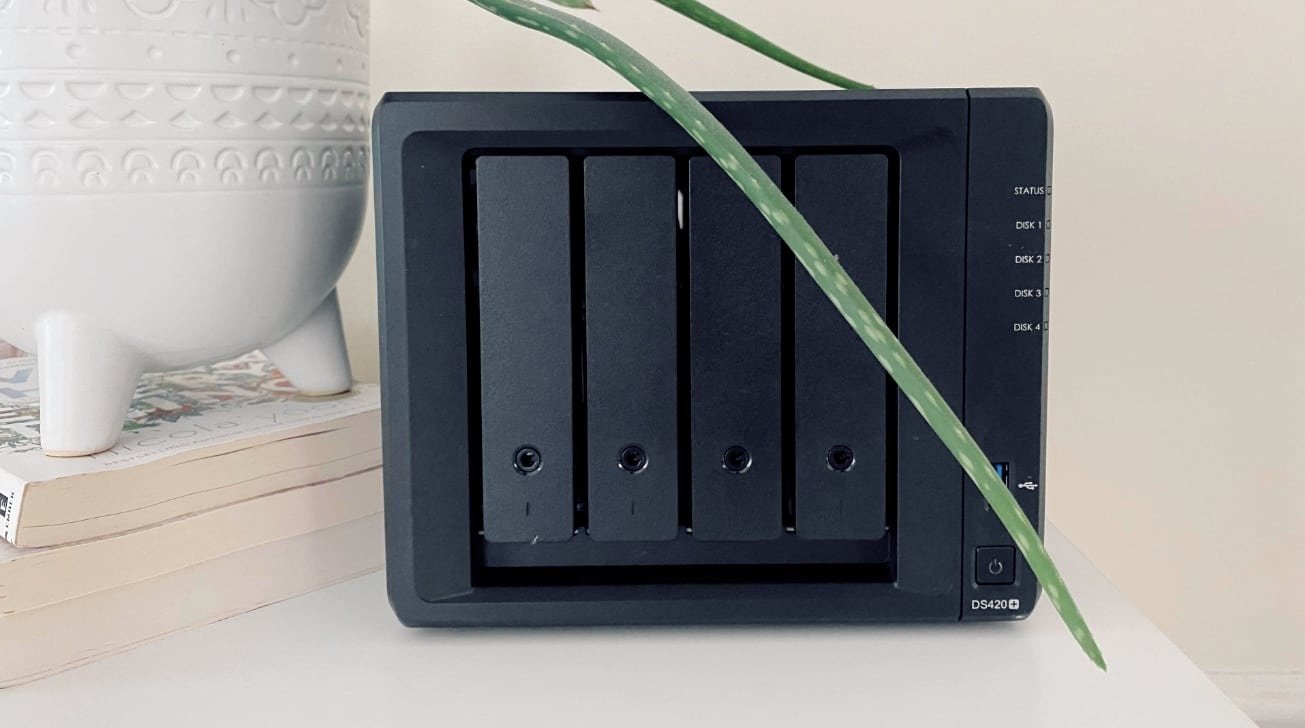





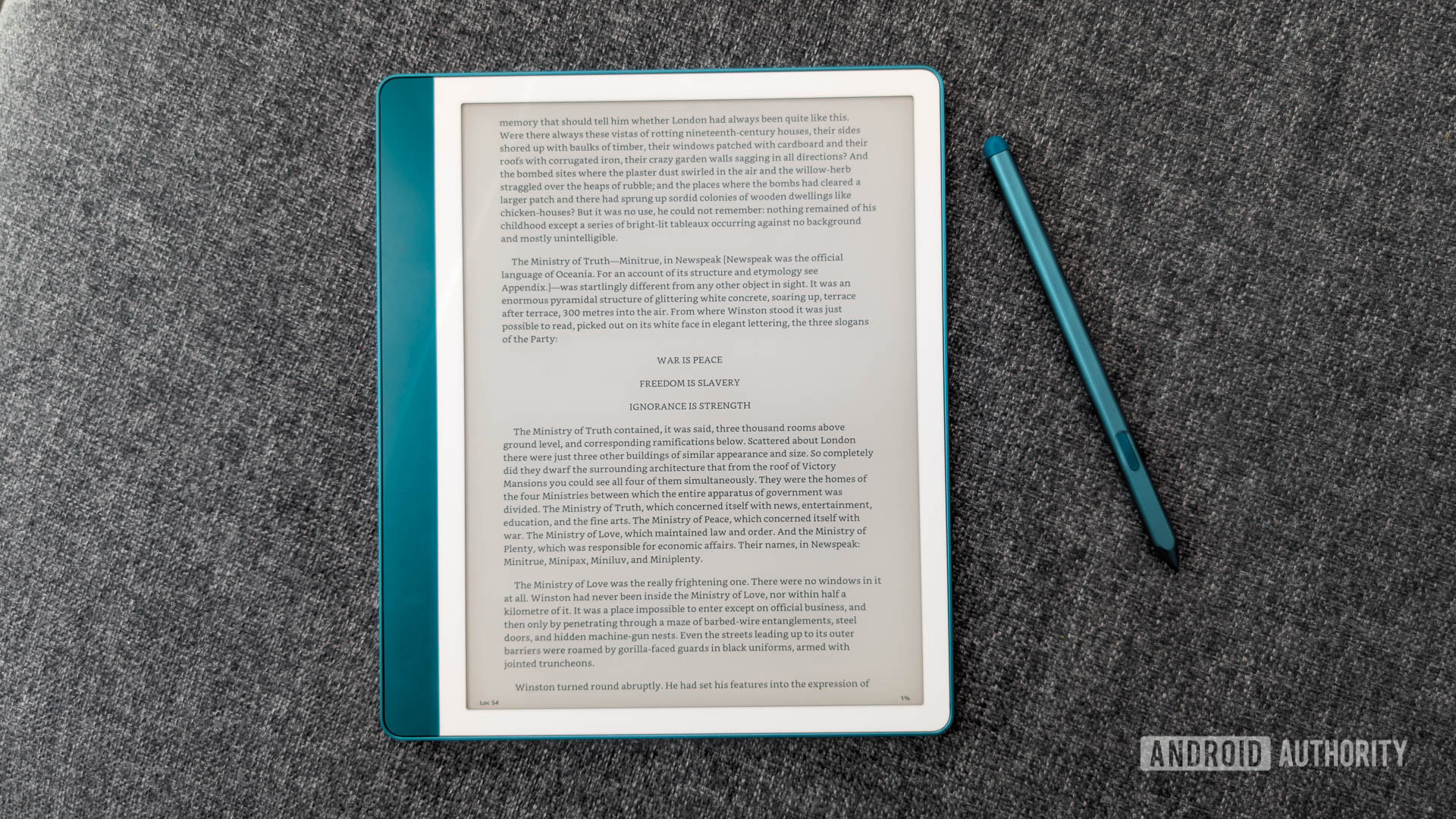


















![Apple M4 13-inch iPad Pro On Sale for $200 Off [Deal]](https://www.iclarified.com/images/news/97056/97056/97056-640.jpg)
![Apple Shares New 'Mac Does That' Ads for MacBook Pro [Video]](https://www.iclarified.com/images/news/97055/97055/97055-640.jpg)

















